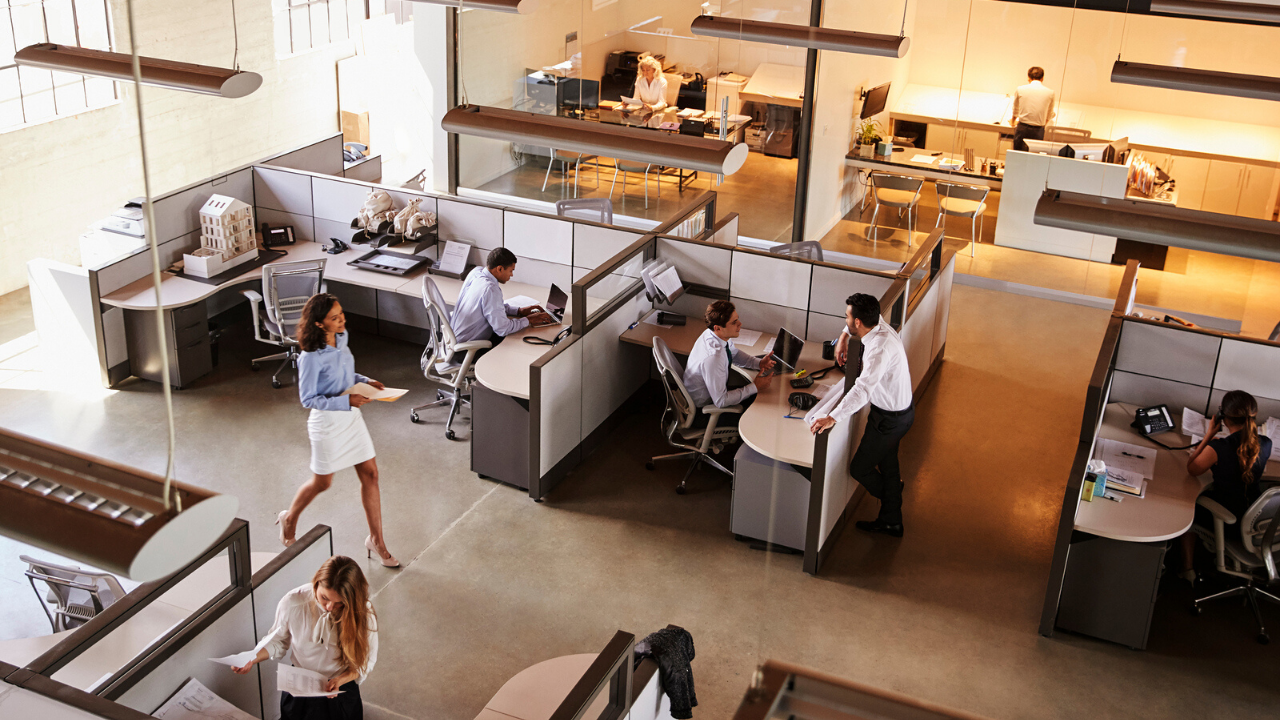Open office plans have gained a poor reputation for years as they have been found to be distracting, lack privacy, and now, could be a haven for spreading viruses.
“The broad stroke is that the open office is over, [but] there’s a bunch of different things that that means,” said Amol Sarva, CEO of Knotel.
This is leading companies to reevaluate how the open office plan can be changed in order to better abide by distancing guidelines and keep workers safe and healthy.
Some experts believe that cubicles could prevent spread from a cough or sneeze, but contained desk spaces could also retain infectious droplets.
Another consideration will be the use of high contact areas, such as elevator buttons and hallways. Some coworking operators have attempted to address this by putting visuals up that encourage one-way foot traffic, staggered arrival times and limiting occupancy.
These changes will hopefully lead employers to better emphasize health practices overall, such as stricter cleaning practices, installing air filters and investing in touch-free technology.
“People’s expectation about their buildings will change,” said Joe Allen, director of Harvard’s Healthy Buildings Program. “The next time we go back to our offices, we’ll think about it differently.”


 Dr. Gleb Tsipursky – The Office Whisperer
Dr. Gleb Tsipursky – The Office Whisperer Nirit Cohen – WorkFutures
Nirit Cohen – WorkFutures Angela Howard – Culture Expert
Angela Howard – Culture Expert Drew Jones – Design & Innovation
Drew Jones – Design & Innovation Jonathan Price – CRE & Flex Expert
Jonathan Price – CRE & Flex Expert









